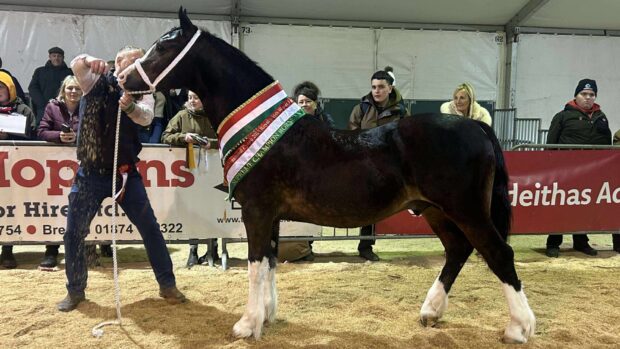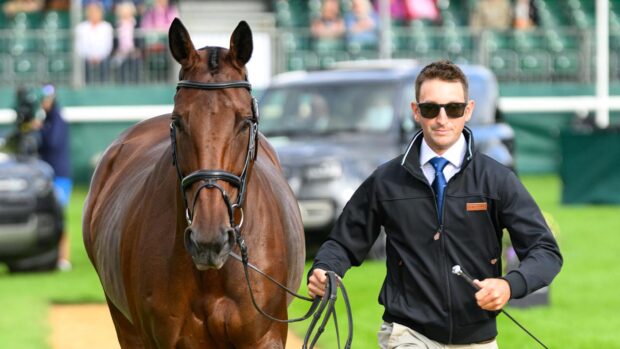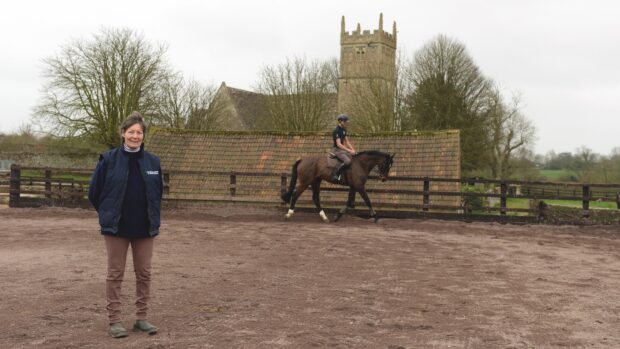HORSE magazine asks the experts for advice on solving everyday schooling problem – falling out through the shoulder
If your horse falls out through his shoulder during schooling follow the advice of trainers Jeremy Michaels, Claire Lilley and Becky Chapman to help solve the problem.
Jeremy Michaels, FBHS, BHS head of training
Falling out through the shoulder is a common problem that is often helped by riding renvers. A horse may try to evade working from his hindquarters, through his body to the rider’s hands, by over-bending in his neck and falling out through the shoulder.
This problem can also be created and exacerbated by a rider who has atendency to pull on the inside rein when turning or riding shoulder-in, for example. The horse will turn his head too much to the inside, and as a result an easy escape route is created for the horse through the outside shoulder.
By riding renvers,the shoulders of the horse are controlled and positioned and the horse is straightened. The rider must be very aware of their position in the saddle and in particular where they position their weight, as well as the general application of the aids (rider looks where they are going, sits slightly to the inside, inside leg by the girth, outside leg behind the girth, inside rein asking for positioning, direction and bend, outside rein controlling the amount of bend and speed).
The rider can approach renvers, for example, from a half-pirouette in walk, from a 10m circle or by riding up the outside track of an arena and turning back onto the quarter line.
If the rider is new to renvers, they should be advised to observe someone riding the movement and then ask an experienced trainer to watch them ride it.
Claire Lilley BHSII and international dressage trainer
Ride a diamond shape touching the sides of the school at E and B, and crossing the centre line on the other two ‘points’of the diamond. Begin in walk and ride each ‘point’ as a quarter pirouette, making sure you bring the horse’s forehand around his haunches.
Maintain a correct bend to the inside, and keep your inside leg ready to hold the horse’s body upright if hetries to lean in. Keep a fairly even feel in both reins, with slightly more contact on the outside rein. Sit up tall on your inside seat bone, and make sure it is not you leaning in!
Once you can successfully ride the diamond, round it off into a circle of 20m. There should be a marked improvement. This exercise can be ridden in all three paces.
When riding it in trot, ride the points as sharp corners, keeping the feeling of travers as you do so. This will help to keep the haunches working and prevent the horse swinging his back end out and leaning in on his inside shoulder.
Becky Chapman, BHS Int I, ABRSTC
Imagine your horse’s body is a hosepipe, with the tap where the tail attaches to the hindquarters. Your task is to have the ‘water’ jet through the hosepipe and out between the horse’s ears.
When the horse falls out he makes a kink in the hosepipe, reducing the flow of ‘water’. Some horses are so good at this that it is as if the hosepipe was split and the ‘water’ was leaking out through the shoulder.
Your aim is to prevent your horse scrunching the inside of his body and lengthening the outside. Try the following exercises:
For more advice on schooling your horse, including tips on creating impulsion and keeping your horse straight, see this month’s issue (October) of HORSE magazineor click here to subscribe


